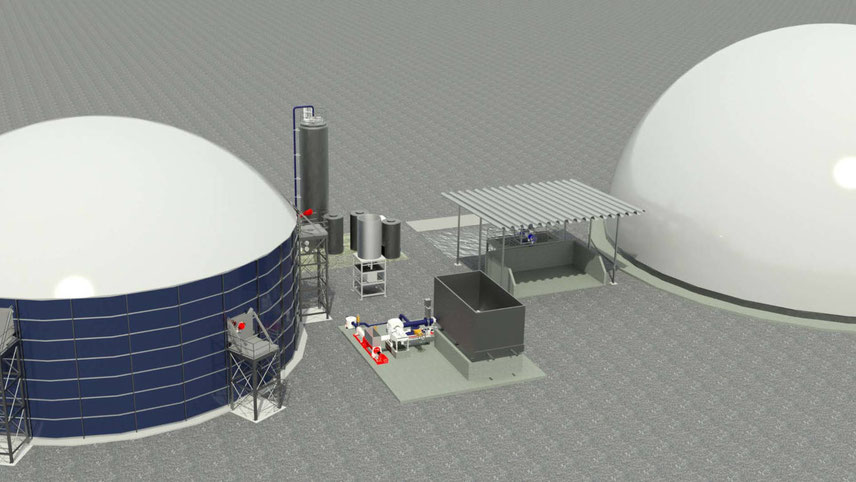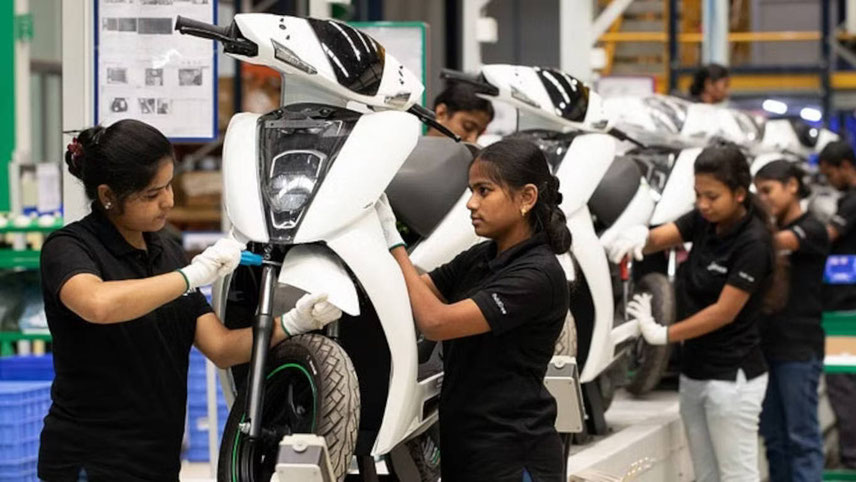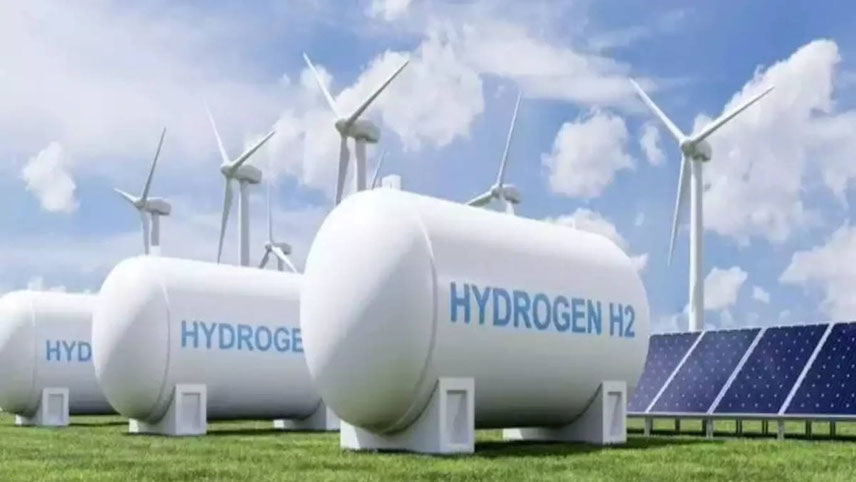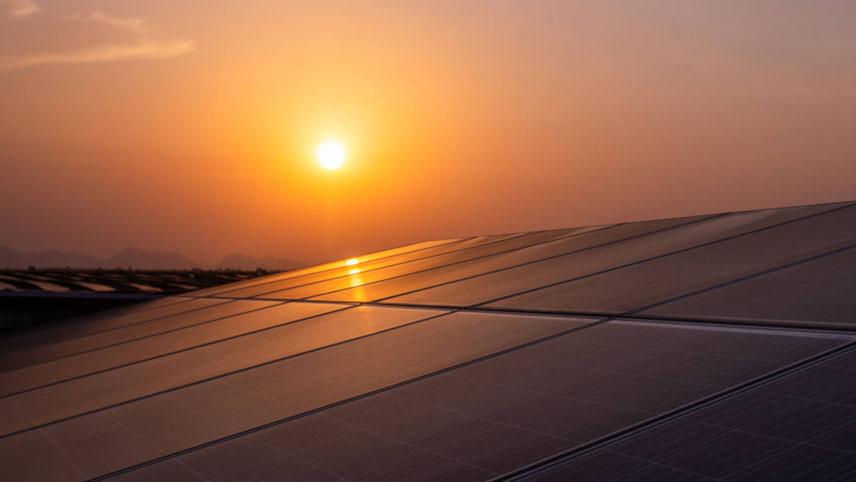-

Alstom is a world leader in the design and production of zero-emission hydrogen-powered trains

The UN’s SDGs represent commitments that every responsible government, corporation and individual on earth must support. The economic influence and social power of the corporate sector means enterprises have both a particular responsibility and a significant opportunity to advance the SDG agenda. Their policy choices, strategic plans and corporate messaging have a multiplier effect, as they reach millions of consumers who form their target audiences. As a global leader in the transportation sector, Alstom is strongly positioned to support among others SDGs 11 and 13. The company is committed to the decarbonisation of transport and our strategic plan, ‘Alstom in motion’, embodies our ambition to be the leading global innovative player for sustainable and smart mobility. Globally, the transport sector contributes significantly to the climate crisis. It is responsible for 25 per cent of the greenhouse gases and is the only one that has not reduced its emissions in the past 10 years. However, the bulk of this environmental damage is caused by road traffic, which accounts for three-quarters of transport emissions and 15 per cent of total global CO2 emissions. Trains represent 8 per cent of world passenger traffic and 10 per cent of freight traffic, but only 3 per cent of energy consumption in the transport sector. Rail transport is unquestionably greener. When a traveller chooses the train, his or her journey will emit 30 times less greenhouse gases than if they travelled by car, and 20 times less than in an aeroplane. Trains consume 12 times less energy and emit seven to 11 times less greenhouse gases than private vehicles and planes (per passenger-km). In terms of emissions, a freight train is the equivalent of 50 trucks and a passenger train is the same as 500 cars. In India, the transport sector contributes to 12 per cent of the country’s greenhouse gas emissions, with the railways accounting for about 4 per cent of these. These emissions have more than tripled since 1990. We believe the case for rail transport is proven, and it is gratifying to know that the Indian Railways has announced that it is likely to become the world’s first ‘net-zero’ carbon emitter by 2030. While we accept that road transport is never going to disappear, positive change is possible. Currently, India’s roads carry 64.5 per cent of all goods – switching some of this load to rail will have an obvious and immediate impact on dangerous emissions. Initiatives taken so far are mainly focused on the replacement of petrol-driven cars by electric vehicles. This is understandable given the importance of the global automobile industry and the social conditioning that has made car ownership a marker of individual economic success. However, it cannot be the only solution. What is needed is a major expansion of multi-modality – a world of transport options that includes comfortable, efficient, affordable trains for cross-border high-speed travel and suburb-to-city commuter lines, a greatly improved public transport infrastructure and greater encouragement of the use of metros in the urban environment. Many elements of this scenario are already in place globally. Advances in rail technology are dramatically improving the passenger experience. Data analytics is facilitating everything from predictive maintenance to passenger information systems that eliminate the uncertainties of travel. Advanced signalling systems are allowing safer, faster and more frequent services – as well as Wi-Fi connectivity throughout the passenger’s journey. Highly sophisticated cyber security systems, designed for the unique characteristics of trains, will ensure passengers are protected from attacks on the train and from intrusions into their Wi-Fi-connected devices.
-
India’s corporations can do much by supporting the government’s modernisation initiatives and working towards the promise made at the COP26 summit of achieving net zero emissions by 2070
We applaud India’s higher adoption of e-buses and expansion of metro lines in several cities and the continuing electrification of existing rail lines. We are confident that railways will prove to be the backbone of tomorrow’s green mobility, in a world where commuters can enjoy stress-free travel in relaxed comfort. Efforts here need to continue and accelerate.
Globally electric trains are a major environmental advance on diesel power and Alstom continues to innovate in this field. We are world leaders in the design and production of zero-emission hydrogen-powered trains as well as battery electric trains. Both types are already in service in Germany and we can anticipate their eventual adoption around the world.
India’s corporations can do much by supporting the government’s modernisation initiatives and working towards the promise made at the COP26 summit of achieving net zero emissions by 2070. It is not unreasonable for corporate programmes aimed at addressing SDGs to enhance the company brand, but consumers will quickly detect any cynicism or lack of sincerity.
The raw truth is that tackling the climate crisis cannot be delayed. Corporations must accept their responsibility and invest intelligently in processes, products and services that will not only drastically cut emissions but help to ensure the very survival of the markets that generate their profits. Alstom is committing to do exactly that.
Biogas
BioEnergy will showcase its innovative biogas technology in India
Mobility
Ather aims to produce 20,000 units every month, soon
Green Hydrogen
German Development Agency, GIZ is working on a roadmap for a green hydrogen cluster in Kochi
Renewable Energy
AGEL set to play a big role in India’s carbon neutrality target



















